The best of Surigao: Showcasing the Surigaonon spirit
Surigao may not currently be part of the country’s top tourist destinations, but that may soon change! “Motorcycle Diaries” host Jay Taruc’s recent expedition to the Southern province showed why its sunny beaches and colorful locals definitely deserve a visit.
Siargao: Every surfer’s ‘Cloud 9’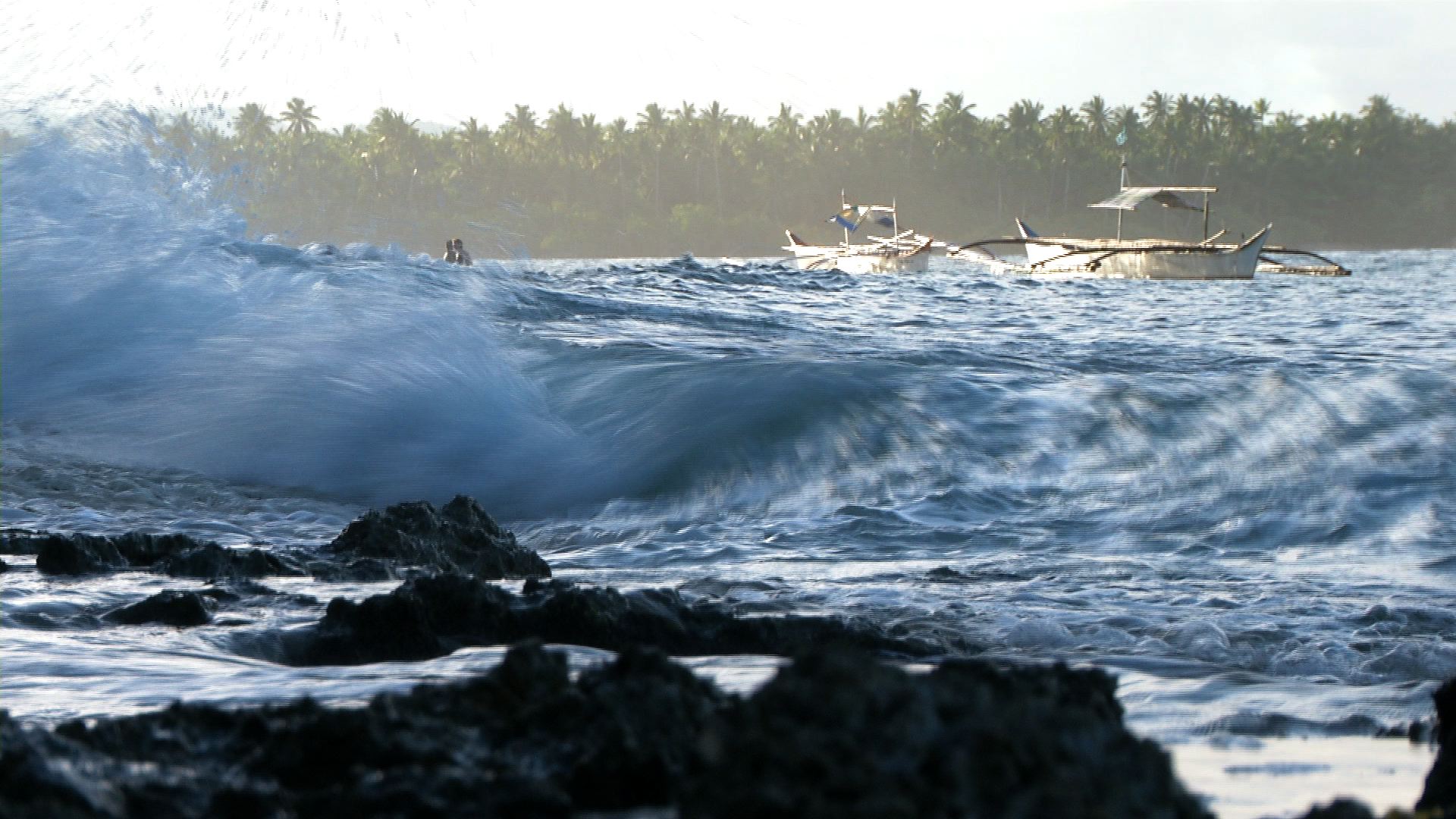
Siargao, located in Surigao del Norte, is home to white, sandy beaches and towering waves, rightfully earning the island’s title as the “Surfing Capital of the Philippines.”
Every year, almost 5,000 tourists pack their bags and surfing boards to ride Siargao’s internationally famous waves — the most famous of which being “Cloud 9.” An Australian surfer named Michael Boyum coined the name “Cloud 9” because the surfing site was practically heaven for surfers!
It also plays host to the annual Surigao International Surfing Cup, the most prestigious surfing competition in the island.
What was once a sport exclusively for men, is now open to women, as the surfing cup includes a women’s division that draws in competitors from Hawaii, Japan, and even Greece.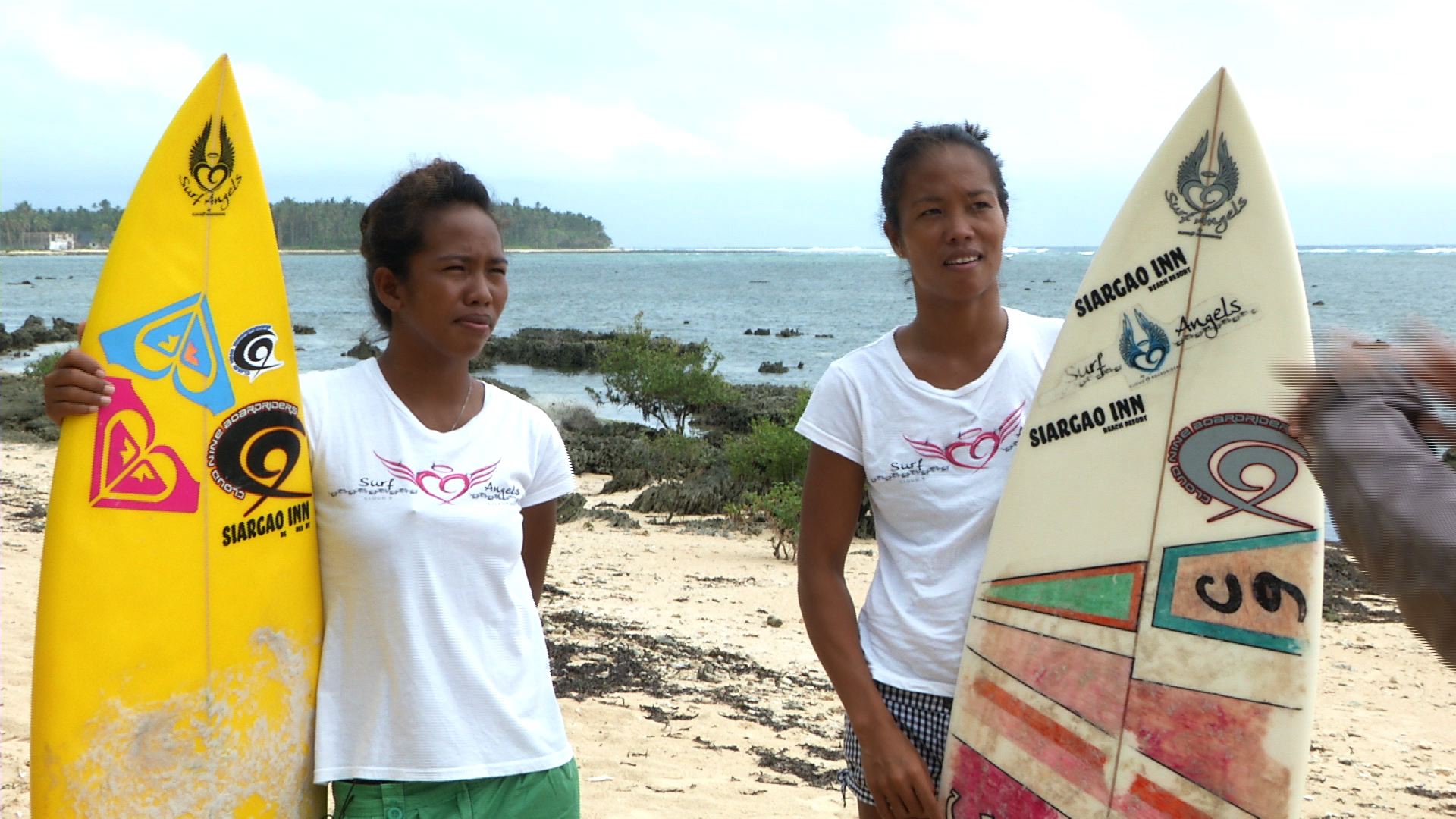
In Siargao, Jay met two sisters who battled it out for the crown last year, Nilbie and Nildie Blancada.
21-year-old Nilbie conquered the Cloud 9 waves against her older sister, 30-year-old Nildie, earning her the championship title. Nildie, on the other hand, won second place.
Nildie started surfing out of curiosity and her spirit of competitiveness. “At the time, boys lang ‘yung gumagawa,” she said. “Sabi ko, kung magawa nila, why not? Masubukan nga.”
Nildie was only 12 years old when she started surfing. She then taught her younger sister Nilbie to surf, when the latter was 14 years old.
“It’s not an easy sport kasi kung wala ka talagang determination na matuto, you’ll really give up that fast,” she explained. “Pero kung gusto mo talaga, lalo na ‘pag nakatayo na, ibang feeling na.”
Nildie added that despite growing up along the coastline of Siargao, riding the Cloud 9 waves was still a challenge. “It’s super powerful. It’s not that easy, even though we surf there every day. Iba talaga,” she said.
For the two siblings, surfing became more than just a hobby and was also a source of income, with Nilbie winning $2,500 from winning the Siargao surfing cup.
“Nabigyan ako ng magandang kinabukasan tapos sobrang happy. Tapos nakakatulong [pa ako] sa mga magulang ko,” she said.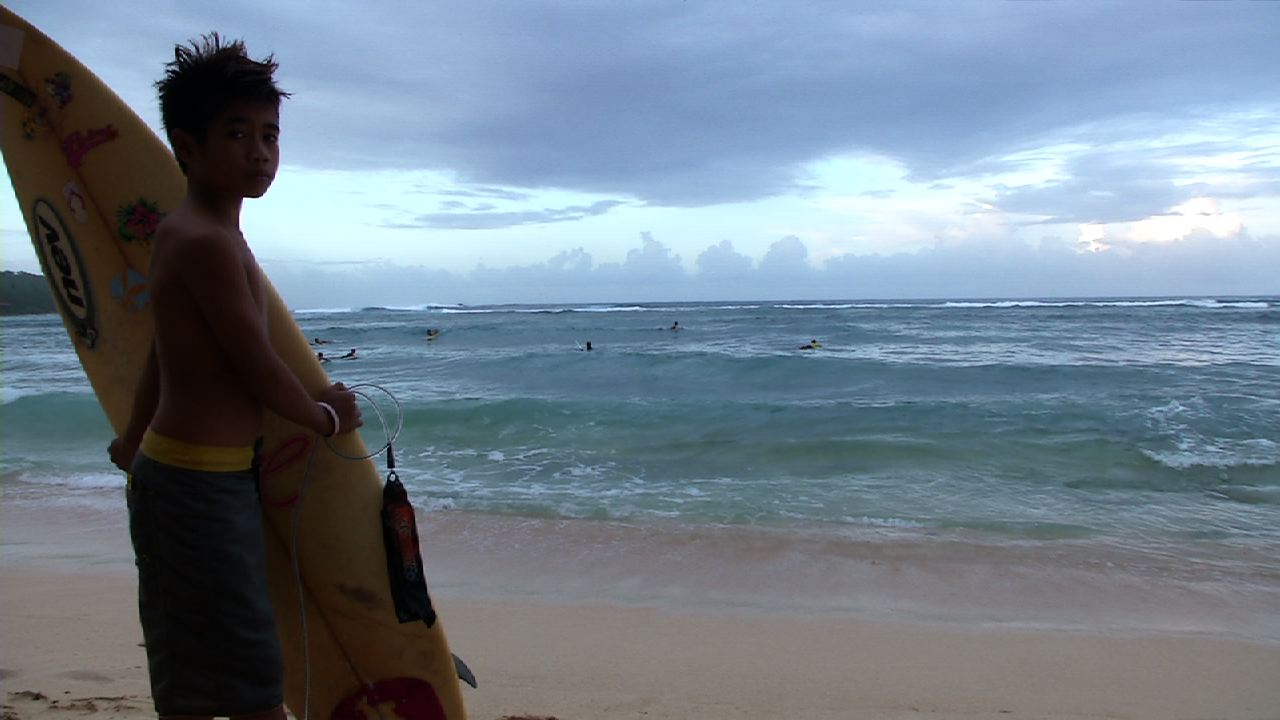
Nilbie and Nildie aren’t the only ones benefiting from the sport. Jay also met 13-year-old Clint, who has been surfing since he was 11 years old. Even more incredibly, his first venture to the waves was with a thin piece of plywood!
Clint shared that he started surfing to join and win competitions. All his winnings, he said, would go to his parents. “Ang aking panalo ay binibili ko ng bigas para makakain kami.”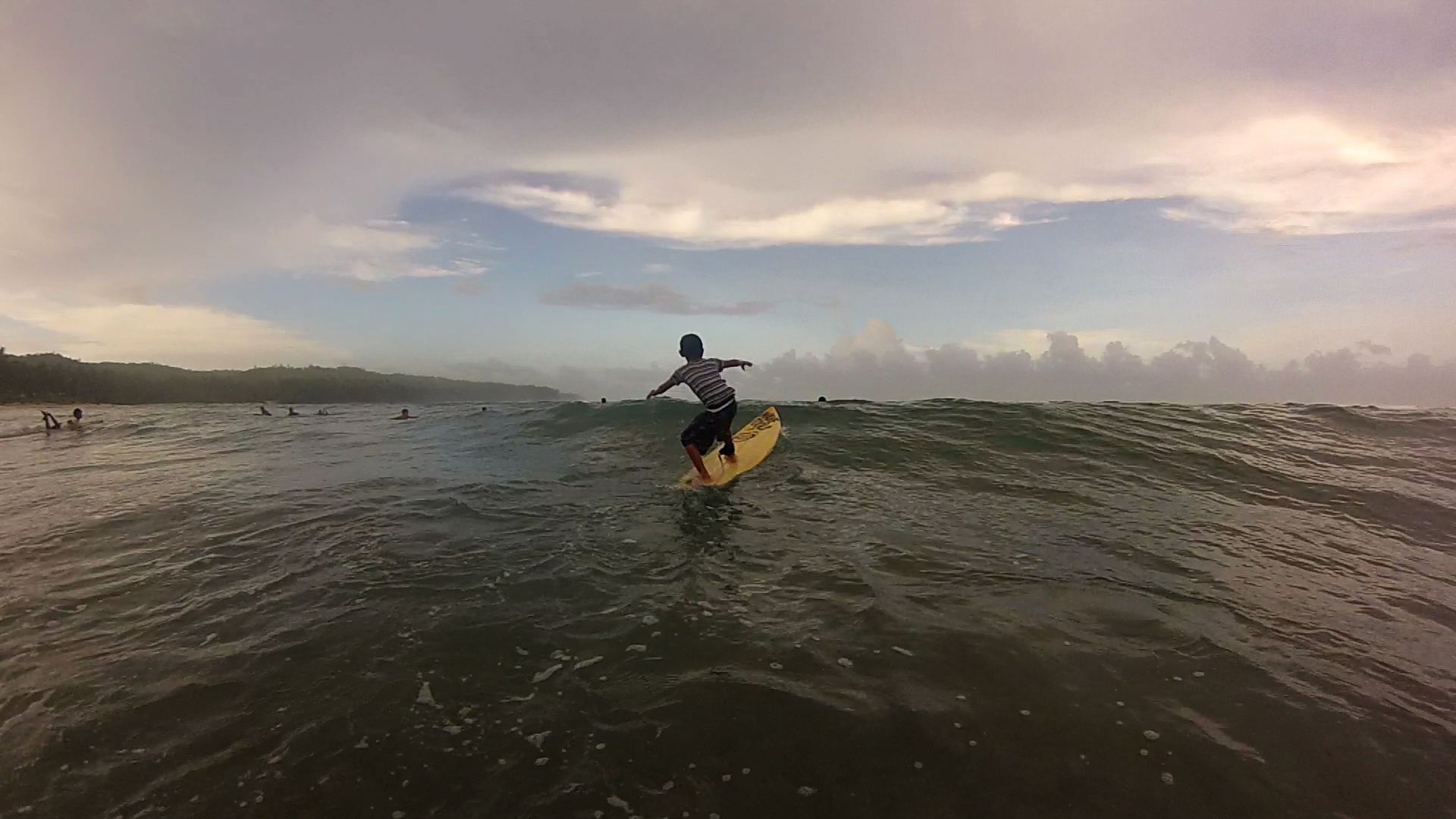
But beyond just his winnings, surfing has also helped Clint maintain his education.
Clint is part of “Balik Bayod,” a unique program that aims to hone the talents of young surfers while encouraging them to stay in school.
Lynn Lozano Bryant, a half-Filipino-half-American surfer, founded the program in 2008. Since then, Balik Bayod has been lending surfing gear to children for free, provided that they finish all their schoolwork and don’t skip classes.
“Kapag Sabado at Linggo, maglalaro ako ng surfing. Lunes hanggang Biyernes, mag-eskwela ako,” explained Clint. “Bago kami mag-laro, gagawin muna namin ang mga assignment sa school. May schedule kami.”
A ‘dragging’ experience
It was in San Miguel, Surigao del Sur that Jay met Jamar and Jepoy, two young boys who carry logs from falcata trees for a living.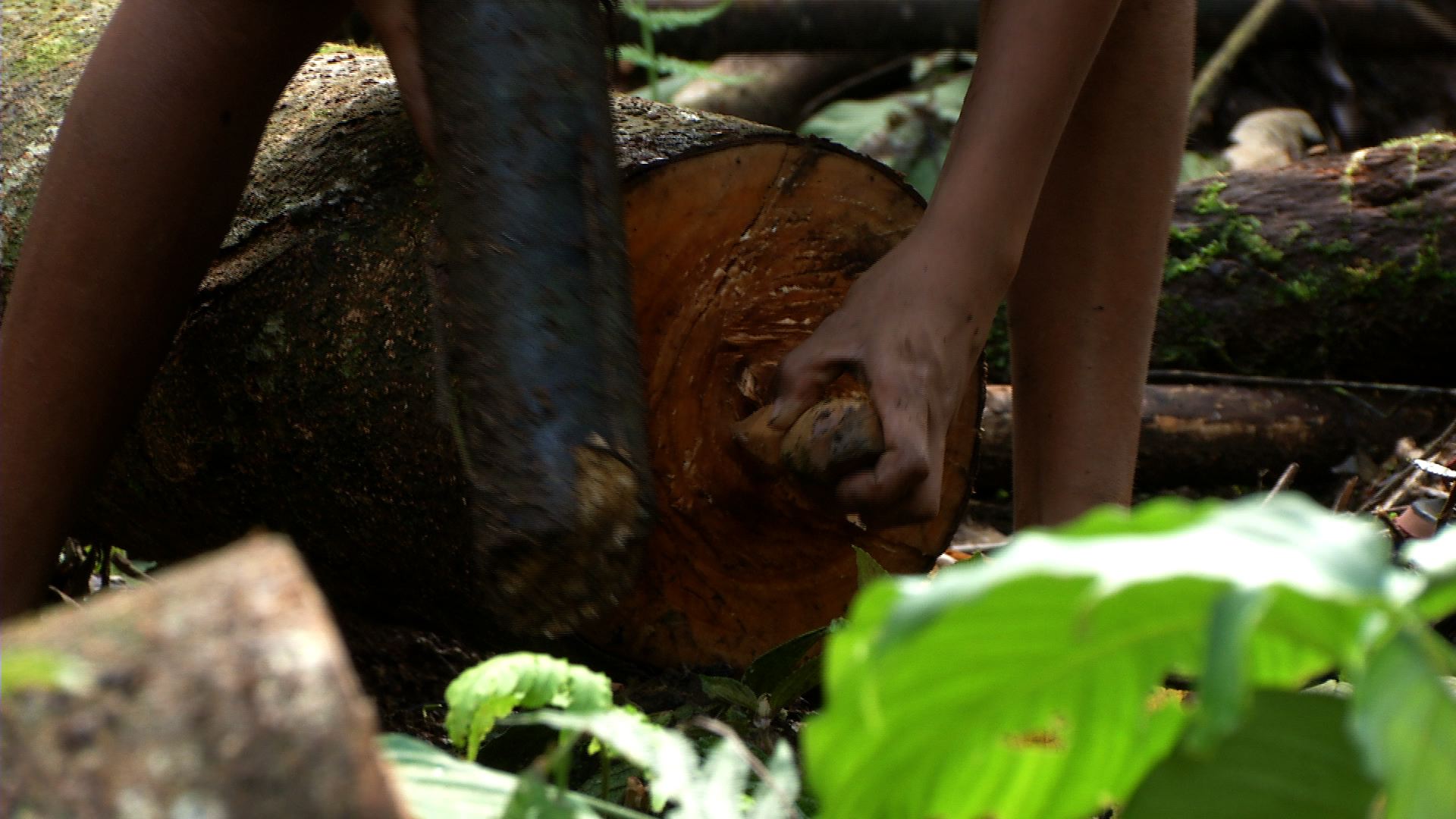
What makes them different from traditional loggers is the way they carry the falcata logs; they hammer pieces of wood into both ends and then tie a rope around it which they will use to pull the logs up and down the hills.
This unique way of carrying logs is called “dragging” — literally hauling the logs from the middle of the woods to the streets where they will be loaded onto a waiting truck.
Since the start of sustainable commercial logging in the area during the 70’s, dragging has been a source of alternative livelihood for residents like Jamar and Jepoy.
These logs could weigh as much as 50 kilos each and the two boys earn only about 15 to 30 pesos with each log that they carry.
“Ginagawa namin ito dahil sa pagkaing makukuha ng aming magulang,” said Jamar. “Kasi po minsan, ‘yung kinikita ng tatay ko kakarampot lang, kulang pa sa pagkain namin.”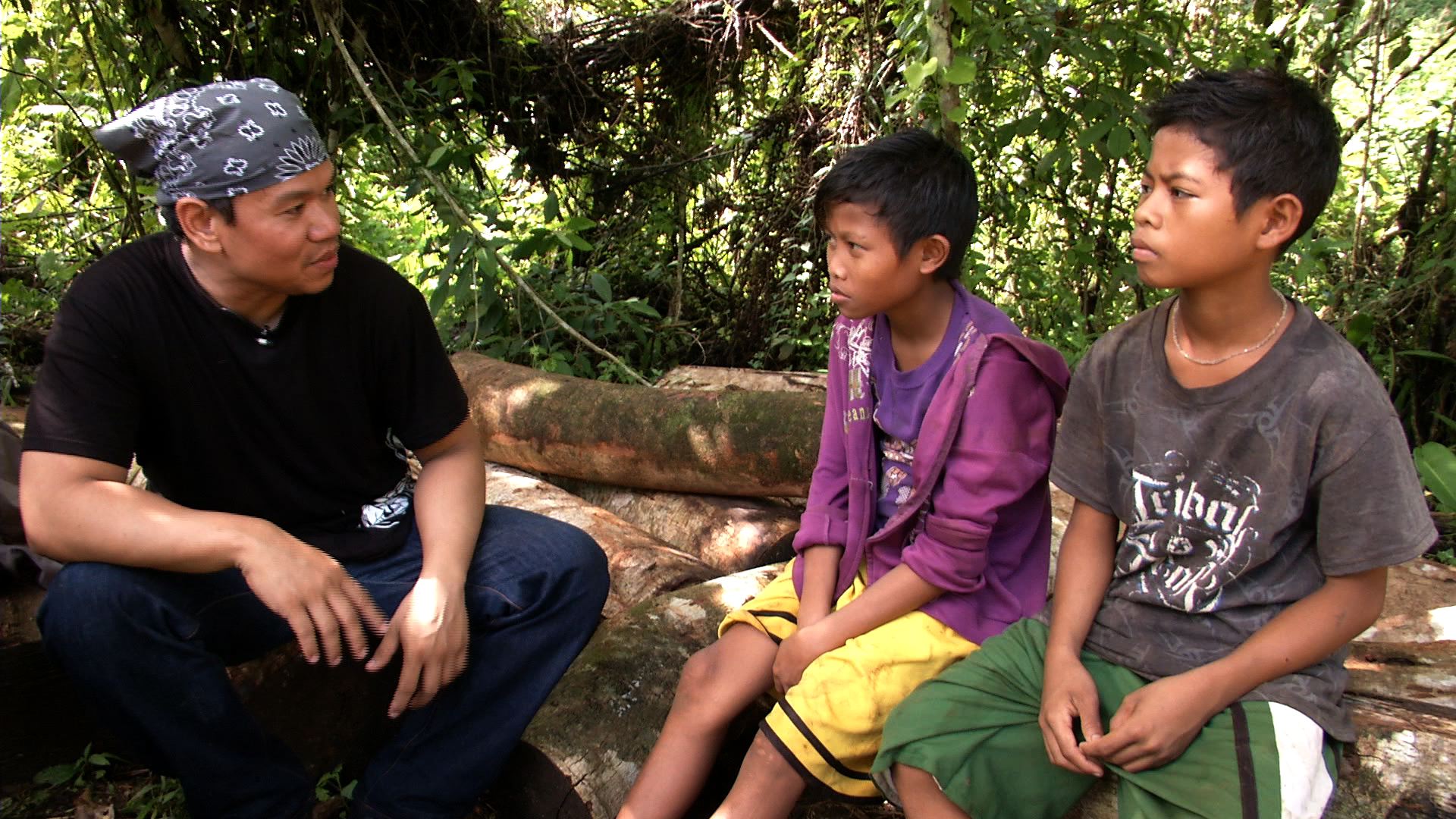
Despite their back-breaking work, Jepoy and Jamar still manage to top their classes. The two boys share the same dream of becoming a teacher one day, in the hopes of giving back to their community.
However, both boys said it is difficult to juggle school with work — both of which neither of them are willing to give up.
“Masakit po talaga. Nasasaktan po ako kasi yung pag-aaral ko po hindi ko po napagtutuunan masyado ng pansin,” said Jepoy tearfully.
Jay expressed his admiration for the two boys, saying, “Malaki ang potensyal ng mga batang ‘to. At malayo ang gusto nilang marating eh. Hindi lang basta maghatak ng kahoy eh. Gusto nilang makawala dun sa ganung klase ng pamumuhay.”
“Sa mga komunidad na gaya nito makikita mo talaga yung maagang pagkamulat ng mga batang gaya nina Jepoy at Jamar,” Jay added. “Pwede mong sabihing pait ng realidad dahil itong mga bagay na ito hindi nila dapat ginagawa pero napipilitan silang gawin dahil kung hindi nila gagawin, ang magiging kawawa sila rin mismo eh.”
The ‘blind’ search for gold
Jay also paid a visit to the town of Barobo in Surigao del Sur, known for its gold mining industry.
Many residents rely on small-scale mining to make a living, including Dodong, who is blind in both eyes.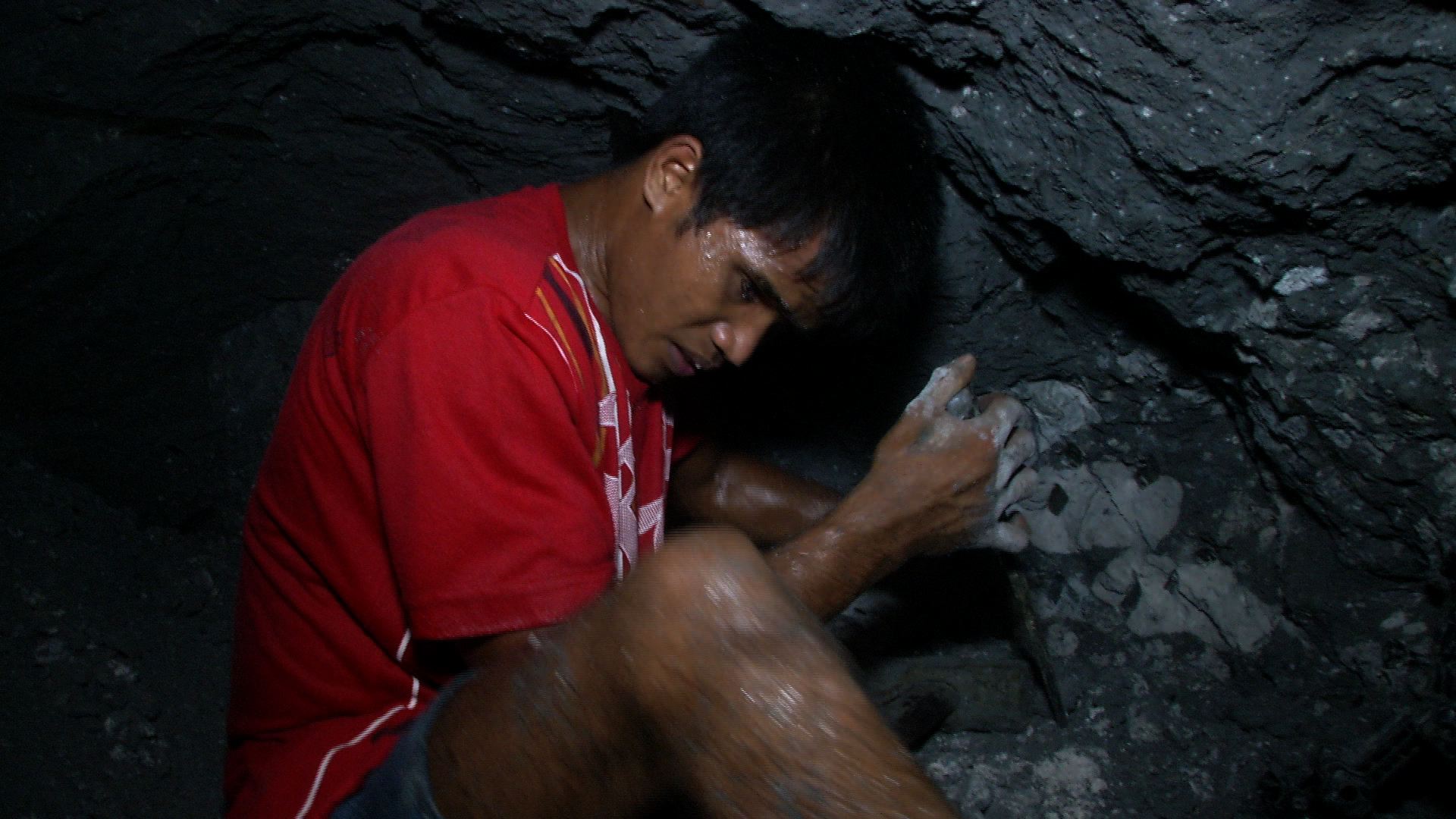
Dodong was only 16 years old when he started mining — eight years since he lost his eyesight due to measles.
He explained that he has been mining for almost seven years, using only his sense of touch to navigate the dark and narrow underground tunnels every day for hours upon hours.
Since his father’s death seven years ago, Dodong took it upon himself to provide for his mother and six younger siblings. “Noong una, ako lang alalay [ni tatay] sa trabaho niya. Ako ang nagsilbing alalay niya hanggang namatay siya,” he said. “Pagkamatay niya, ako na ang naghanapbuhay.”
While Dodong’s mother worried for her son’s safety, she admitted that they had no choice and her son was determined to provide. “Maliit pa ang iba kong anak. Hindi ko makakaya na pakainin lahat,” she said. “Kagustuhan [ni Dodong] na umalalay. Sinubukan ko siyang pilitin, pero siya may gusto.”
“Iniisip ko nga parang imposible ito eh sa isang taong gaya ni Dodong pero nagagawa niya nang tama,” said Jay. “Mai-inspire ka talaga dahil yung kanyang pagpupursigi,.ito’y parang against all odds.” — Aimee Dacanay/CM, GMA News




